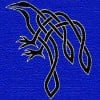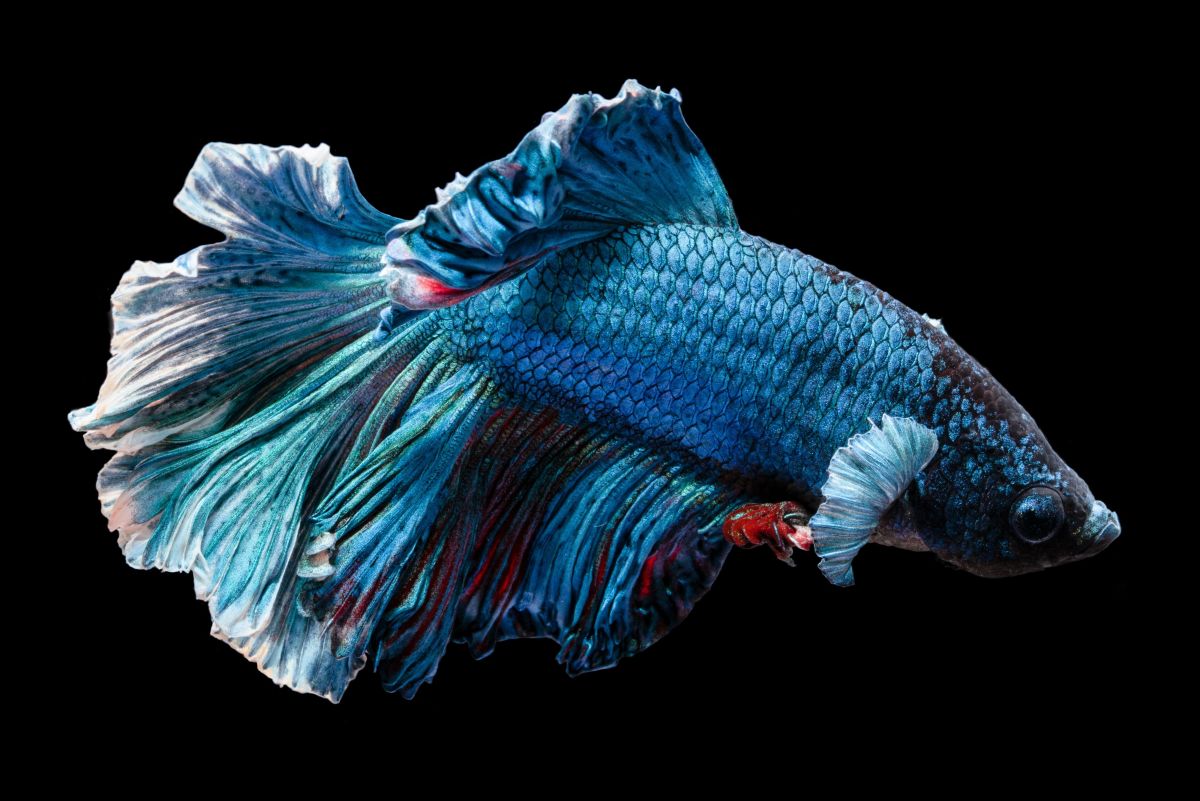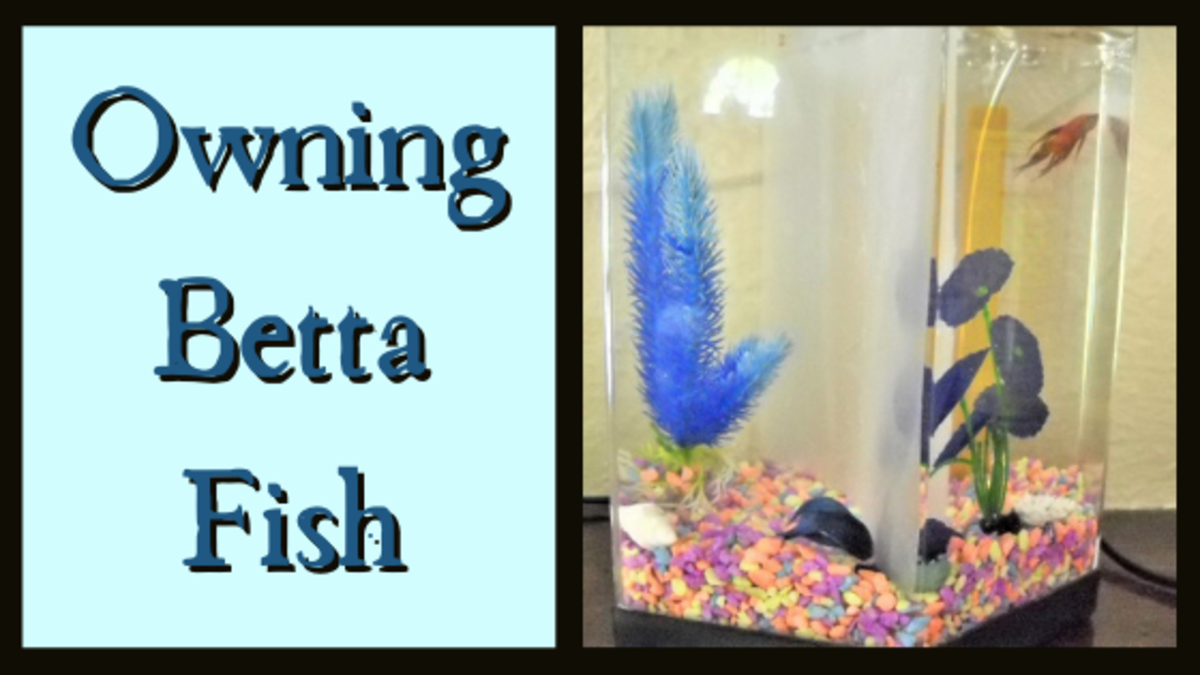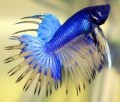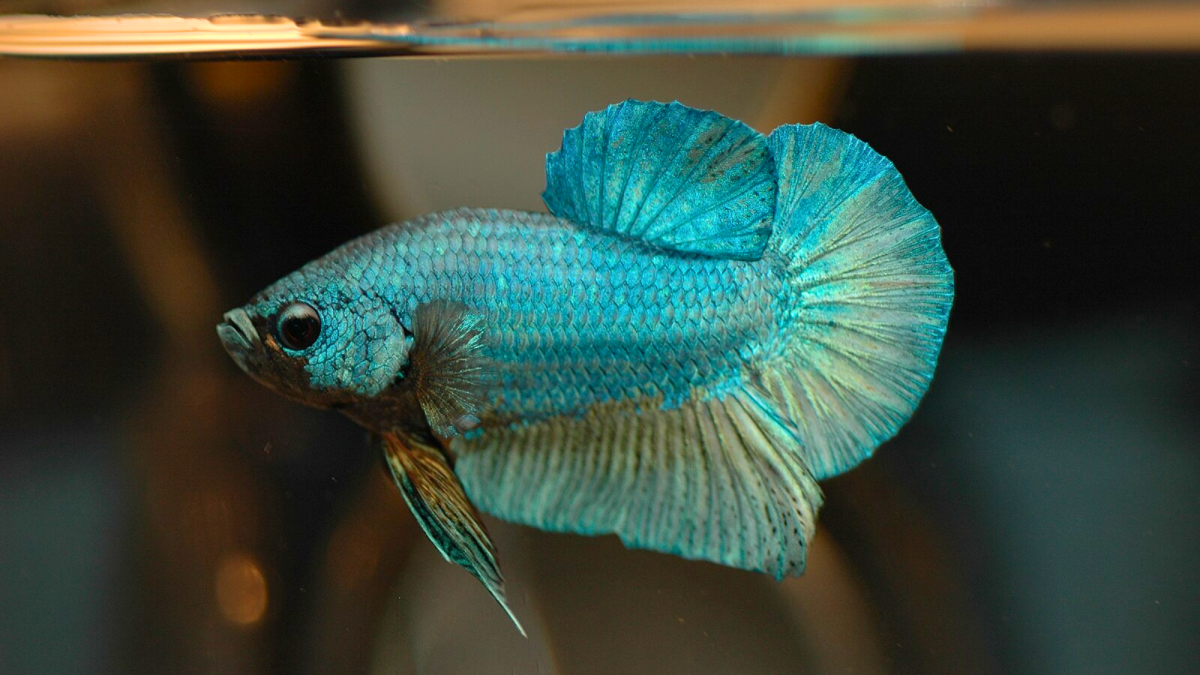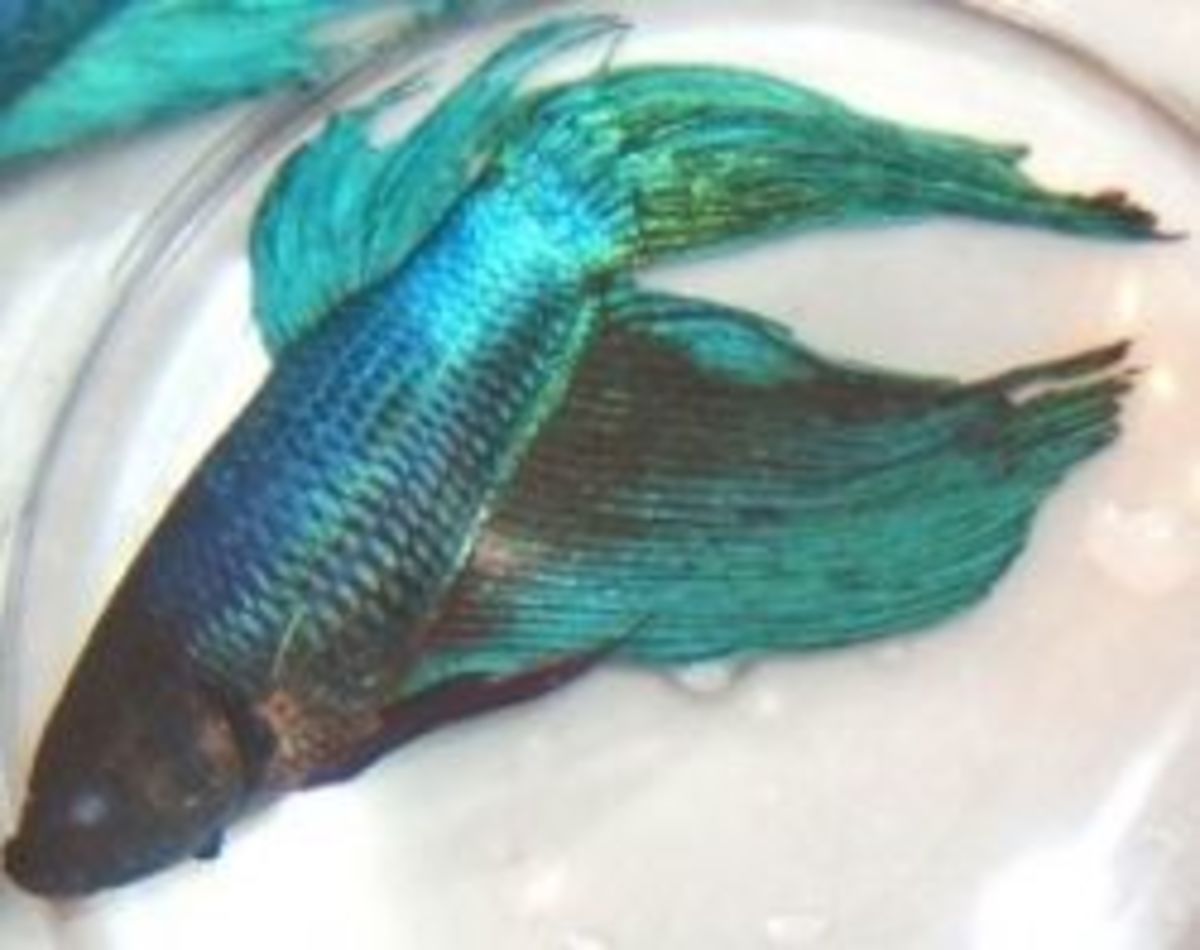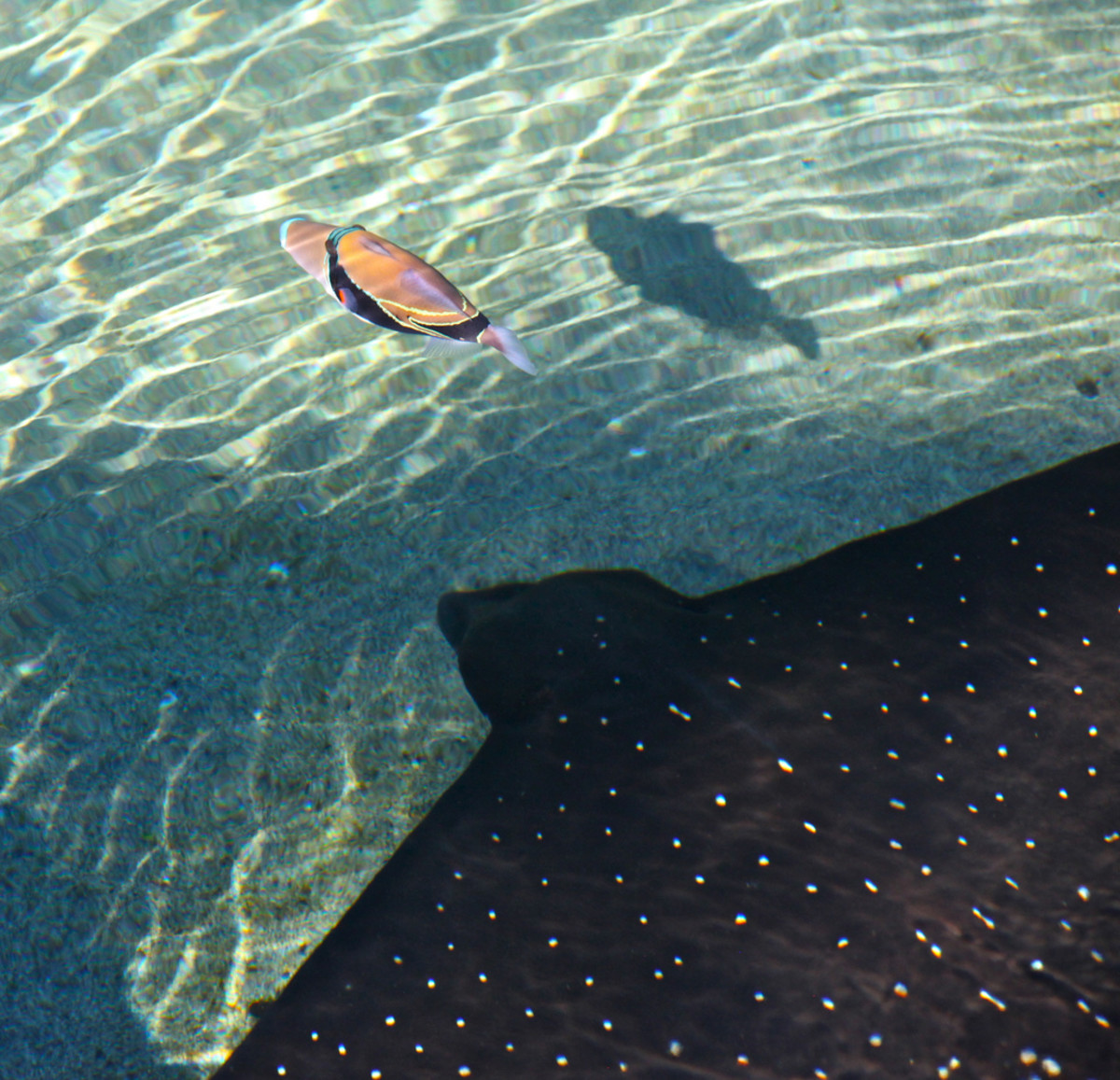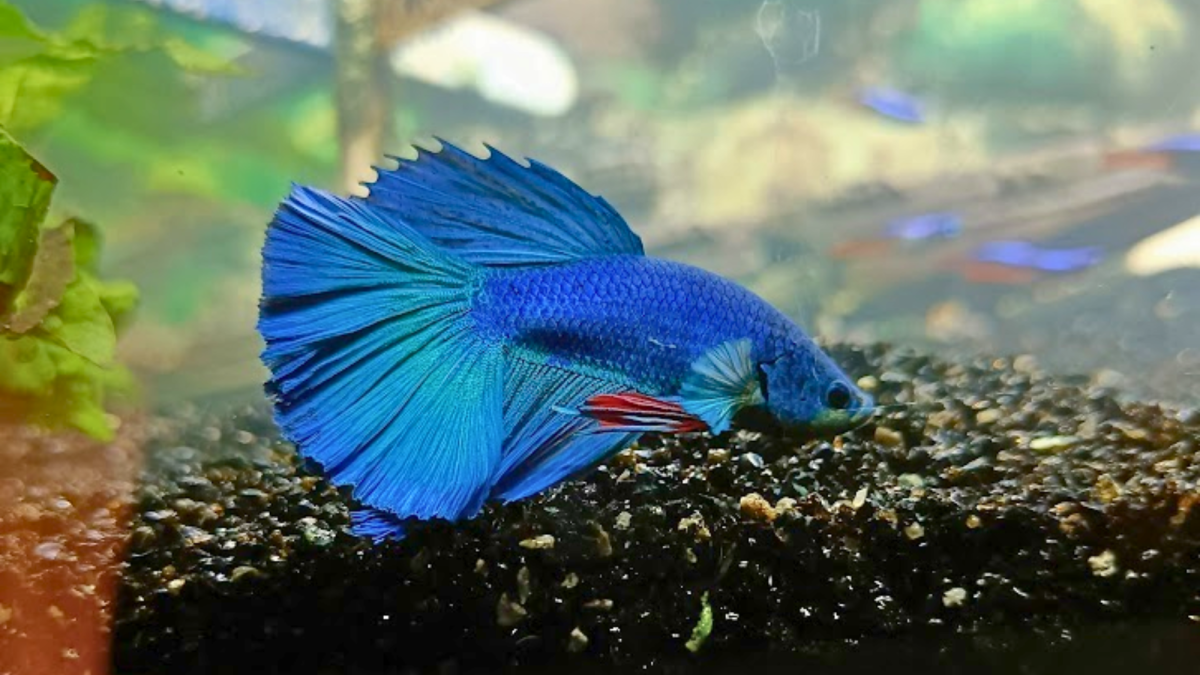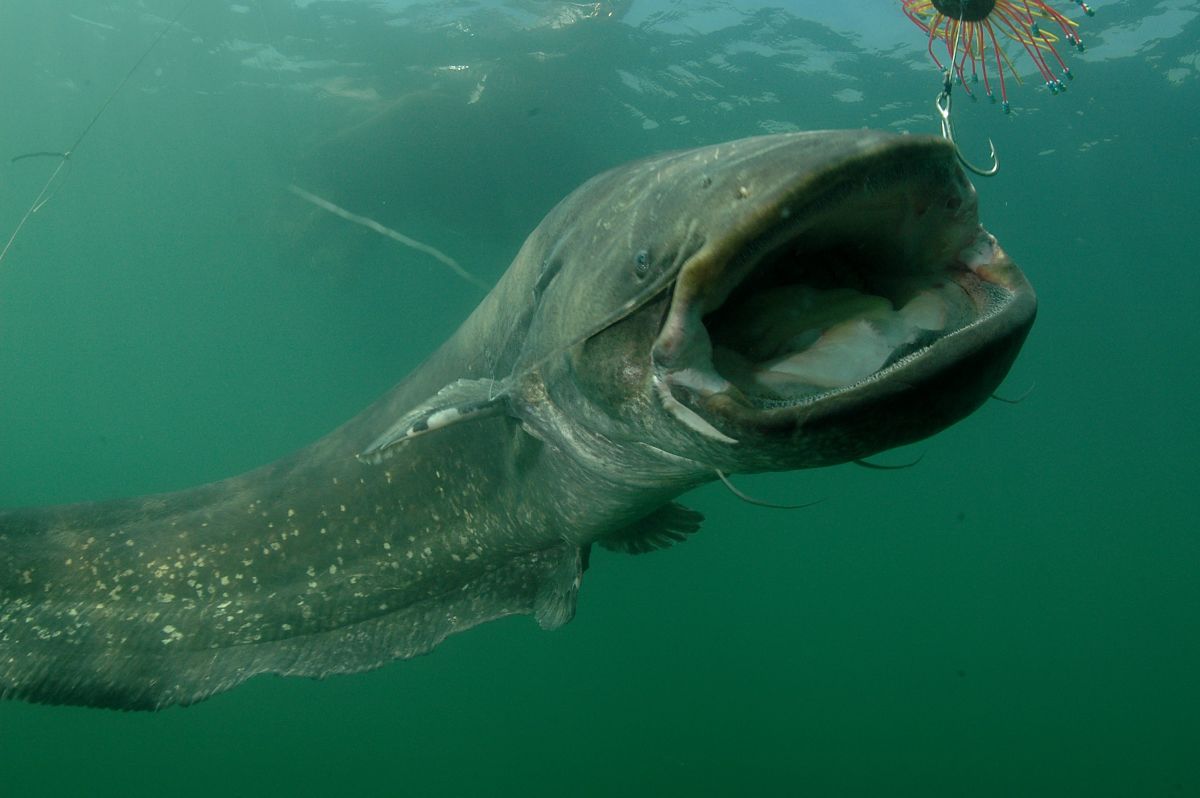The History of the Betta
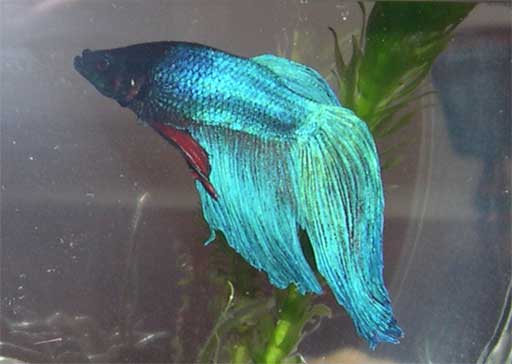
The dazzling and pugnacious Betta (Siamese Fighting Fish) that we know in pet shops and many home tanks is a far cry from how it looked like two hundred years ago. In old Siam (now Thailand), little drab fish lived in puddles, rice paddies and slow moving streams all over Siam, Laos, Malaysia, Vietnam, Cambodia and parts of southern China. They were common as muck. But they were very entertaining. The males fought like roosters. It didn't take too long for the fish to be kept for the "sport" of fish fighting. Although the breed's nature didn't change, its appearance did.
The Marble of The Sculptor
Today's Betta fish (Betta splendens) comes in a vast array of colors and fin lengths and shapes. The original ancestor still lives in the swamps of the steamy Orient, and only shares a basic body shape, breeding habits and temper with his domesticated cousins. This fish, sometimes called "Plakat Thung" or "Plakat Pah" is tough as nails. They have often been found living in stagnant puddles made from horse's hoof prints. To get around, he leaps to puddle to puddle. This wild fish mainly looks a mossy green or a muddy brown with some tiny blue dots and with very short fins.
It's amazing how suppressed genes come out during some sort of natural or artificial selection. Domestication especially seems to bring out the most spectacular extremes. It has taken less than two centuries to turn the unimpressive little wild fish with a temper into one of the most popular and colorful pet fish in the world. It is almost if the wild fish was the marble and past Betta breeders were the sculptors. Changes in appearance were much preferred over increasing the fighting drive of the males.
On The World Stage
In 1849, the Western world was introduced to the Siamese Fighting Fish in an article written by Theodore Cantor. Since the fish didn't have a Latin scientific designation, he called the fish Macropodus pugnax, a previously discovered fish. About 1910, another fish lover by the name of C. Tate Regan realized that the Siamese Fighting Fish was in fact a separate breed from "Pugnax" and suggested the name Betta splendens. The "Betta" part was after an old legend about a warrior tribe named "Bettah".
When a new color emerged, cream, it was at first thought this heralded a new species. But soon, fish breeders around the world realized the Bettas contained a treasure chest in genes for a palette of brilliant colors and a great variety of fin shapes. Bettas now come in a jaw-dropping mix and match of almost any color you can think of. The newest and rarest varieties - usually based on tail shapes - are available only through breeders or fish shows.
Although the Bettas in pet stores are stored in tiny bowls, they really need at least one gallon of water to really thrive and do their best. When in tiny bowls, the Betta males seem to go into a state akin to suspended animation and only seem to come to life when fed. They are often very drab and pale in pet stores, and then really light up with color (even when at rest) in a larger tank.
